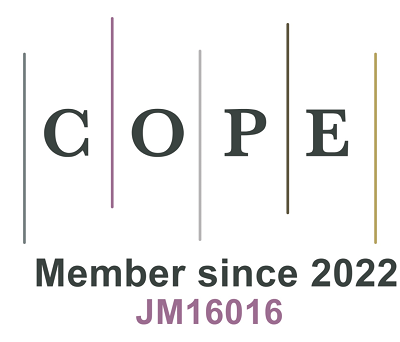fig1

Figure 1. Schematic overview of study design. (A) Overview of traits and data sources. This panel details the trait categories, abbreviations, and sample sizes for MASLD and 17 metabolic traits (comprising four glucose traits, three blood pressure traits, five lipid traits, three adiposity traits, and two inflammatory markers), three metabolic disorders, and nine cardiometabolic disorders, based on GWAS results utilized in the genetic pleiotropy analysis; (B) Study workflow. This panel outlines the analytical framework, including the following modules: computation of genome-wide genetic correlations, inference of causality using bidirectional MR, identification of shared causal variants, genes, and pathways, detection of tissues and cell types most affected by shared genetic signals, single-cell transcriptome analysis, and prioritization of therapeutic drugs targeting MASLD complications. MASLD: Metabolic dysfunction-associated steatotic liver disease; GWASs: genome-wide association studies; CMTs: cardiometabolic traits; LDSC: linkage disequilibrium score regression; MR: Mendelian Randomization; LCV: Latent Causal Variable; MTAG: multi-trait analysis of GWAS; CPASSOC: cross-phenotype association test; TWAS: transcriptome-wide association study; SMR: summary-data-based Mendelian Randomization; GCTA-fastBAT: a fast set-based association analysis; MAGMA: Multi-marker Analysis of GenoMic Annotation; TSEA: tissue-specific expression analysis; CSEA: cell type-specific enrichment analysis; KEGG: Kyoto Encyclopedia of Genes and Genomes; GO: gene ontology; BP: biological process; WP: WikiPathways. This figure was made with Figdraw (https://www.figdraw.com/).









